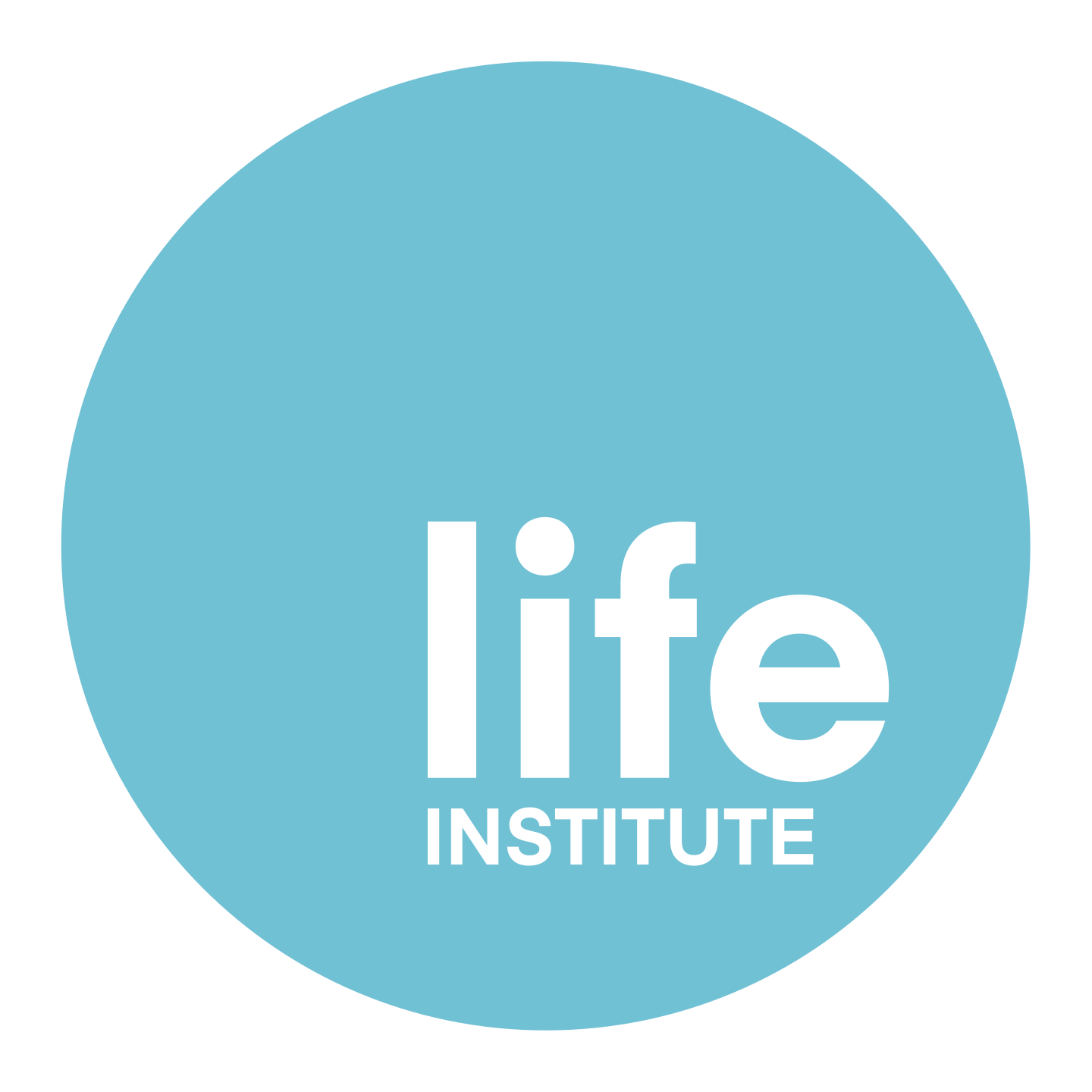How LIFE Methodology was developed
Approximately 40% of the world economy is based on products sourced from biodiversity or its ecological processes.
All organizations, regardless of size or sector of activity, impact the ecosystem in some way, either by the use of raw materials, water and energy, by the emission of gases and waste generation, area occupation or by changes in land use.
At the same time, organizations also depend on the services provided by nature, such as the water cycle, climate regulation, supply of raw material and the regulation of air quality, for example.
Due to this dual relationship of impact and dependency, the balance and maintenance of ecosystems and the conservation of biodiversity can represent both a risk to the business and an opportunity to invest in a different strategic action. To revert the high rates of destruction of nature is an urgent necessity that should be one of the priorities in all organizations.
The methodology development process started in 2009, when a group of specialists, technicians, consultants, business managers, government officials, from the academy and from civil society worked to develop a system that considered:
- The conservation of biodiversity as a voluntary action;
- The need for a conservation performance compatible with the potential impacts to biodiversity and to investment capacity, aiming to promote the engagement of enterprises from all sectors of the economy;
- Objectivity through the quantification of impacts and rating nature conservation actions from technical and scientifically recognized criteria;
This process involved more than 50 experts and 150 organizations in public meetings, technical meetings and pilot audits, beginning from an extensive international level (Benchmarking) research on the actions already carried out on this subject.
Benchmarking
In 2008, even before the creation of LIFE Institute, a comprehensive and extensive research was carried out in order to ensure the innovation of the mechanism to be developed, focusing on nature conservation actions, applicable to any business sector, regardless of size or field of activity of the organizations, while differentiating the performance required according to the particularities of each business.
Formation of the Working Group
One of the first steps in developing the Methodology was the creation of a multidisciplinary team of specialists, biologists, mathematicians, engineers, and environmental managers, who, through a complex and integrated work, developed the LIFE methodology.
Participation of stakeholders
To develop the methodology, various consultation processes to stakeholders were performed, such as: public meetings with NGOs, the academy, governments and businesses; technical meetings with various experts in the areas of environmental management and nature conservation; provision of documents and information via website; creation of a Scientific Technical Committee; and the creation of a Permanent Technical Committee.
In loco Assessment
The testing and improvement of the methodology in order to release its 1.0 Version further included in loco assessments performed in organizations of different sizes and sectors located in different biomes. These evaluations were carried out by a team with extensive experience.



